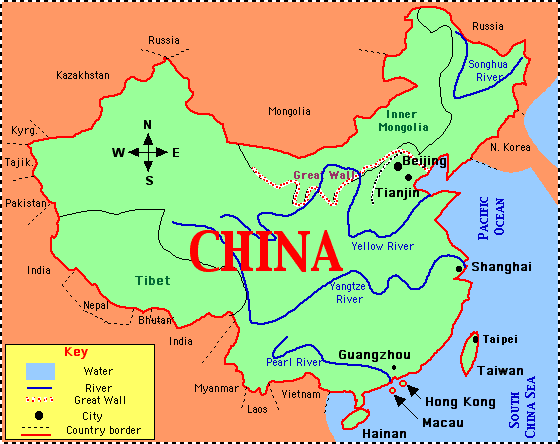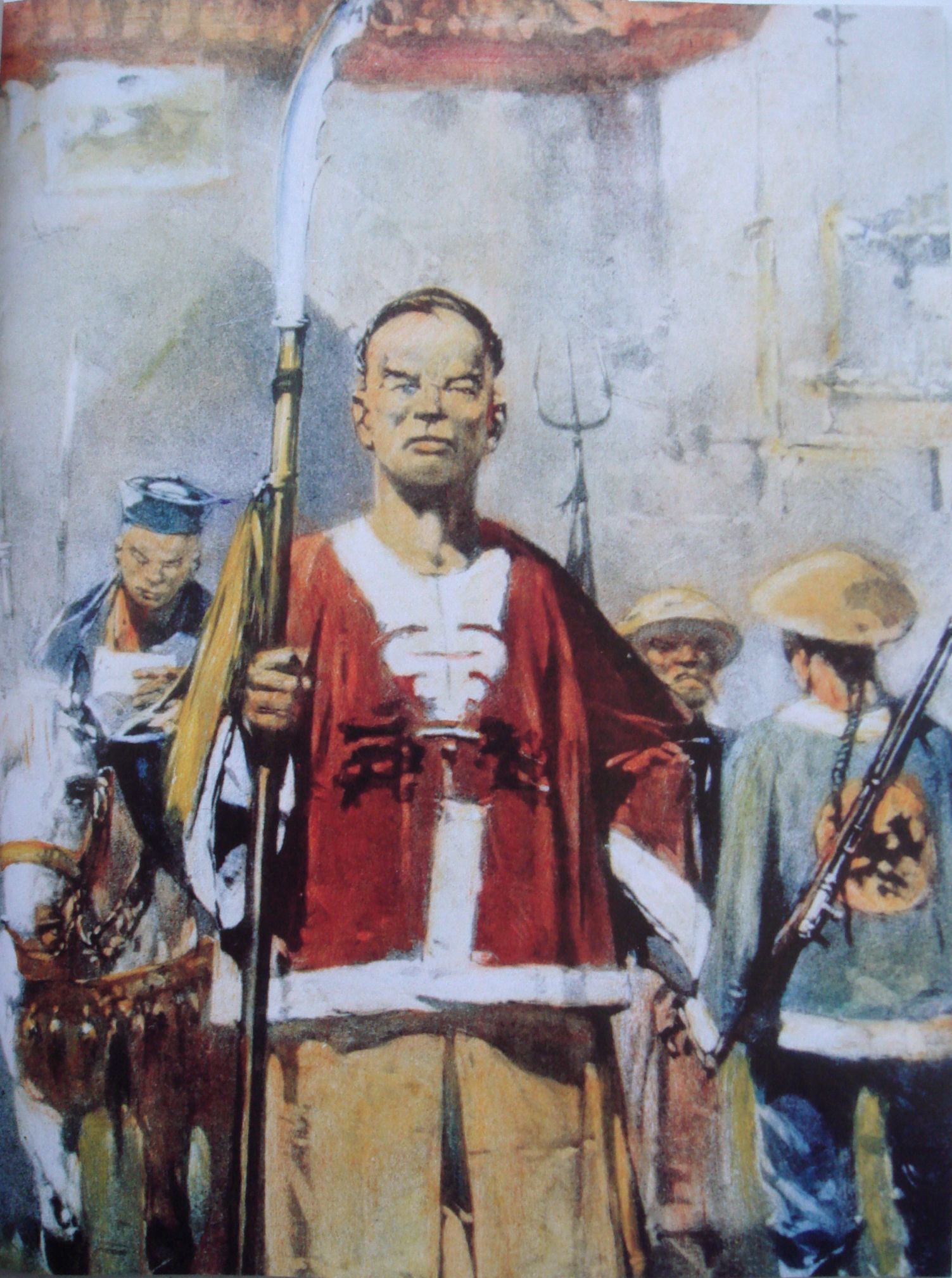 In the vast expanse of land that China covers, and with the multitude of rivers that China has, its amazing to think that only four of the rivers actually spawned all of the other ones, as well as the almost two billion people that are still alive thanks to these rivers.
In the vast expanse of land that China covers, and with the multitude of rivers that China has, its amazing to think that only four of the rivers actually spawned all of the other ones, as well as the almost two billion people that are still alive thanks to these rivers.
The first and the most Southern of the rivers is the Pearl River or the Xi Jiang. It flows into the south China sea, and forms a delta between Gunagzhou, Hong Kong and Macau.

The next river is the Yangtze River. It flows almost the entire length of China from East to West and has the largest hydroelectric dam in the world, the Three Gorges Dam.

Next is the Yellow river, and it too shares its output in the Pacific Ocean with the Yangtze. Since the beginning of Chinese culture people have lived here and it is one of the most prosperous areas of China.

The last, but not the least is the Heilongjiang. It lies as the border between the Chinese providence of Heilongjiang and Russia, and empties into the Pacific. In Russia, it is called the Amur River.

For more information on the Maps or rivers you can go to:
http://en.wikipedia.org/wiki/Heilong_River
http://en.wikipedia.org/wiki/Yellow_river
http://en.wikipedia.org/wiki/Yangtze
http://en.wikipedia.org/wiki/Xi_River
http://www.warriortours.com/river/yellow-river/map.htm
http://www.britannica.com/EBchecked/topic/273731/Xi-River-system
http://www.britannica.com/EBchecked/topic/274303/Huang-He
http://www.britannica.com/EBchecked/topic/651857/Yangtze-River
















